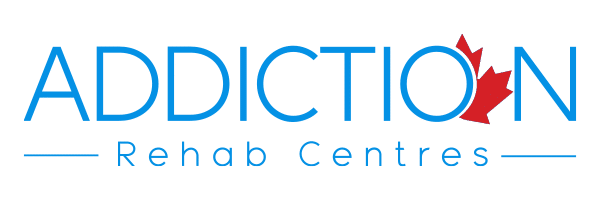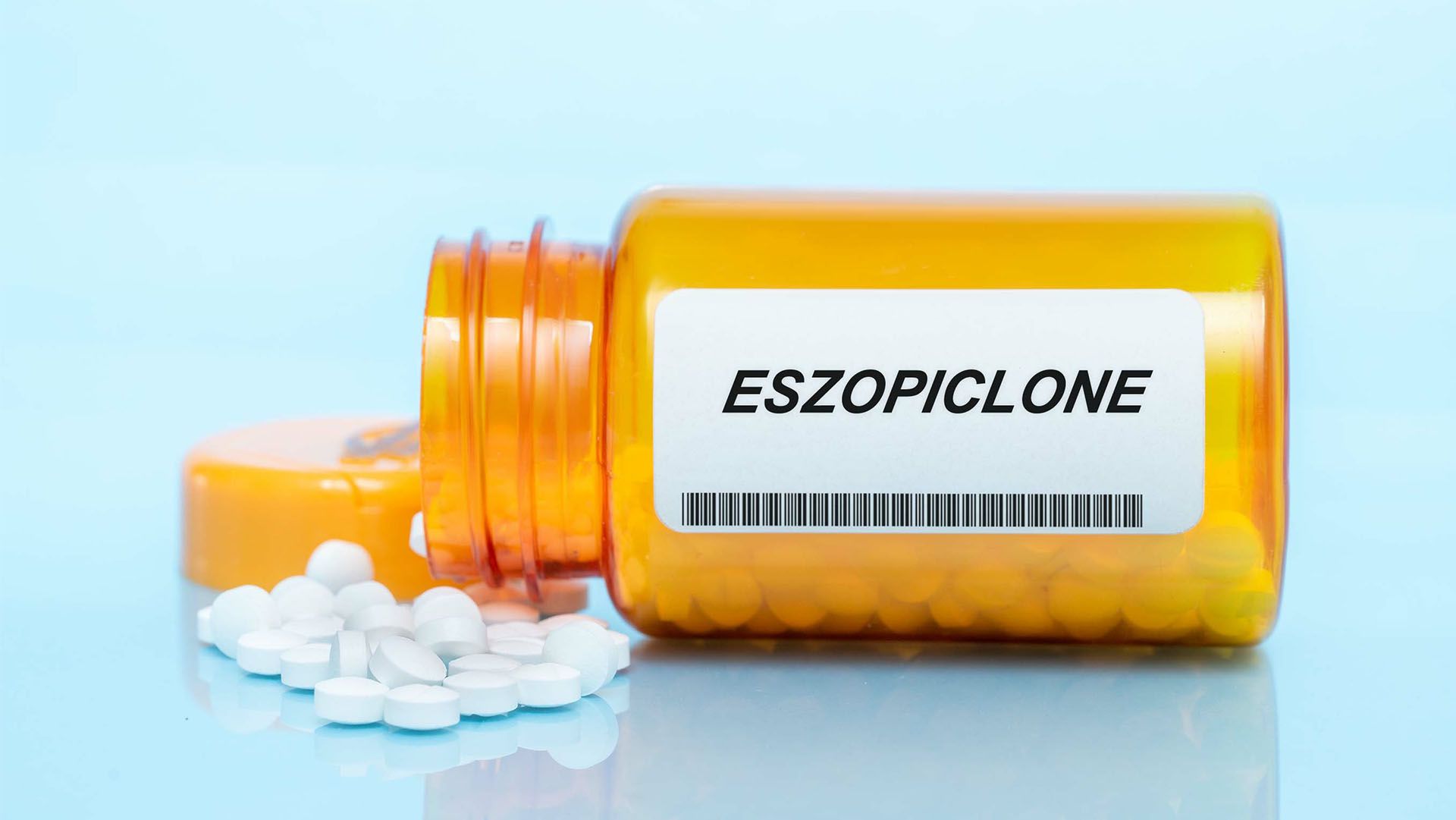Eszopiclone: An Introduction
Eszopiclone is a non-benzodiazepine hypnotic medication sold under the brand name Lunesta among others that are used to combat sleeping disorders like insomnia and chronic insomnia by slowing down the central nervous system by reducing heart rate and lowering blood pressure. It is a sedative that is taken at bedtime and is available orally by prescription. Eszopiclone decreases brain activity and produces a sense of calm, which is why it is used to combat sleeping disorders. It is available in 1-mg, 2-mg and 3-mg immediate-release oral tablets and is not available in an extended-release form.
Lunesta is longer-acting than other sleep-inducing medications like Ambien (Zolpidem) and is generally prescribed in dosages of 1 mg to start, with the dose being upped in cases where it’s required. Lunesta is approved for use via prescription in both Canada and the United States and, due to the fact that it demonstrates high efficacy and low toxicity, it’s considered a safer alternative to some other drugs available to combat insomnia.
While a sedative like Lunesta may be effective at countering insomnia when used properly and as directed by a healthcare professional, it does also carry with it the risk of many possible side effects. Some of the most common yet minor side effects include coughing, fever, chills, back pain, pain or discomfort when urinating and unusual drowsiness. Less common yet more severe side effects can include bloody or cloudy urine, a burning sensation while urinating, flu-like symptoms, depression, irritability, dizziness, lack of appetite, nerve pain and trouble concentrating. Additionally, Lunesta-induced amnesia can also occur in heavy users of the medication, causing them to forget or misremember events that took place while they were using the drug.
The unwanted side effects that may occur due to Lunesta use often subsist during treatment or as users get accustomed to the medication. Additionally, medical practitioners may be able to offer advice to mitigate these symptoms along with providing the prescription. That being said, if one or more of these side effects persist or linger, that same healthcare professional should be notified immediately so that they can properly assess the situation and causes.
As with many other forms of sleeping pills and sedatives, users can become addicted to Lunesta, which may lead to adverse effects on their lives. The medication is typically only prescribed as an acute, short-term solution for insomnia due to its potential for abuse or misuse. If you or someone you know exhibits one of the many symptoms of addiction to eszopiclone, there are plenty of options at your disposal in terms of tackling the issue head-on and focusing on resuming a normal, healthy life.
Eszopiclone Addiction Signs
Many of the addiction warning signs associated with Lunesta or other sleep-inducing “Z-drugs” like Sonata are similar to those of other habit-forming medications. One clear and obvious indication of addiction would be if the user continues to take the prescription after insomnia episodes have subsided or seek other prescriptions once the initial one has expired despite the issue being resolved. Some eszopiclone addicts may even revert to what’s known as “doctor shopping” and seek out multiple doctors in the hopes of getting more than one prescription filled. Of course, if the eszopiclone user is using the medication during the day and not before bedtime, this would also raise a huge red flag.
Another sign of addiction to eszopiclone may be when a user decides to up their dosage of the medication without informing their healthcare professional or others. This could indicate an increased tolerance to the substance due to overuse. Building on that, if individual claims it’s time to wean themselves off the medication but repeatedly delays or fails to do so, this may indicate an addiction issue.
Abusive use of Lunesta and similar sedatives may also be visible in those who have become addicted. If users take the drug to get high or have abnormal cravings for the drugs, these may be indicators of misuse. Mixing the drug with illicit drugs or other sedatives to increase or heighten its effects may also be a clear sign of trouble.
Addiction to eszopiclone can be extremely dangerous as overdosing on the drug is a possibility. Overdose symptoms may vary depending on factors like how much of the drug was taken and the medical history of the user, but some signs are severe drowsiness, sudden unconsciousness, breathing difficulties and commas.
Eszopiclone Withdrawal Symptoms
Once it’s time to wean off regular eszopiclone use, due to addiction problems or just the conclusion of prescribed usage, withdrawal symptoms are often experienced. They can range from mild to severe depending on factors like length of usage, medical history of the user and other considerations.
Withdrawal of Lunesta is likely to be uncomfortable, at least at first. Withdrawal can include anxiety, sweating, irritability, agitation, abnormal dreams, abnormal thoughts, muscle spasms, tremors, nausea, heavy fatigue, mood swings, concentration issues, stomach cramps and panic attacks. Withdrawal symptoms can also be drastically impacted by whether or not Lunesta users quit the medication “cold turkey” or slowly wean themselves off the substance under the guise of a medical professional.
In some drastic cases, usually in heavy users that quit cold turkey, anxiety attacks and seizures are possible withdrawal symptoms. Due to the possibility of these dramatic withdrawal symptoms, weaning off a heavy Lunesta addiction can be even more dangerous than many hard drugs. Harsh symptoms like seizures can even lead to death in some cases if not treated properly. However, the majority of overdoses have not resulted in death and those that did were a result of the drug being taken in conjunction with other central nervous system drugs like alcohol. In addition to withdrawal symptoms, it’s also possible that individuals addicted to sedatives like sleeping pills may also experience “rebound symptoms.”
Rebound symptoms are when users experience insomnia or the ailment the drug was intended to treat, but at a higher severity than they did when they first started using a drug like Lunesta. These rebound symptoms usually disappear within a few days but have the potential to be quite harsh and can include anxiety and panic attacks in serious cases. Overall, withdrawal symptoms can appear within 12 hours of the last usage in cold turkey situations but may take up to 48 hours in medically supervised situations like outpatient facilities.
Eszopiclone Treatment Options
If you or someone you know is exhibiting signs of abuse of Lunesta or other sleeping medications, there are a multitude of treatment options available. It’s always important to remember that addiction issues don’t indicate a character flaw and can happen to anybody. By taking the proper rehabilitation and detox steps, resuming a healthy, normal life is well within the realm of possibility.
The first step in assessing an eszopiclone addiction is determining and understanding that a problem exists. If an individual’s eszopiclone use has fallen outside of the healthy, doctor-recommended program that was initially advised, as we’ve noted, there’s probably an addiction issue that needs addressing. Once this step has been completed, the next logical step is to contact an addiction specialist or healthcare professional to understand the treatment and rehab options available.
Recovery options for Lunesta abuse include therapy and habit-modifying treatment plans. Again, determining which option or combination of methods is best for each individual should be decided upon in consultation with a healthcare professional.
Treatment may be best administered in an outpatient or detox centre, or in the comfort of one’s home depending on the severity of the addiction. Therapies like cognitive behavioural therapy and motivational interviewing teach coping mechanisms that can help addicts identify the core causes of their addictions and better understand the triggers that go along with them. Cognitive behavioural therapy in particular works by using various techniques to turn negativity into positivity in participants, thus leading to potentially higher self-esteem and self-worth. These types of therapies, along with group therapies and counselling may be typical programs that are administered in detox centres for Lunesta addiction issues of all different severities.
Other, more holistic approaches may also be taken during recovery from Lunesta addiction. Because Lunesta is intended to induce sleep, mindfulness training through disciplines like yoga, meditation, deep breathing and massage therapy may also be beneficial. Other techniques that may help induce sleep include healthy nutrition plans, limiting caffeine intake, being disciplined in following a regular sleep schedule, avoiding napping and engaging in regular physical activity.
If an individual that’s addicted to Lunesta is curious about options in terms of addiction specialists, recovery or detox centres, or simply the next steps in their addiction treatment plans, there are government-run resources in both Canada and the United States that can offer guidance. In Canada, these types of helplines are available province-by-province and can be found on the Government of Canada’s website. Whether you’re encountering addiction or have identified it in a family member or loved one, always keep in mind that change is possible. While it may feel helpless or hopeless at times, by leaning on the comfort and support of loved ones, and by following healthcare-recommended or assisted rehabilitation plans, recovery is always within reach.
For immediate treatment help call: 1-855-885-4747









